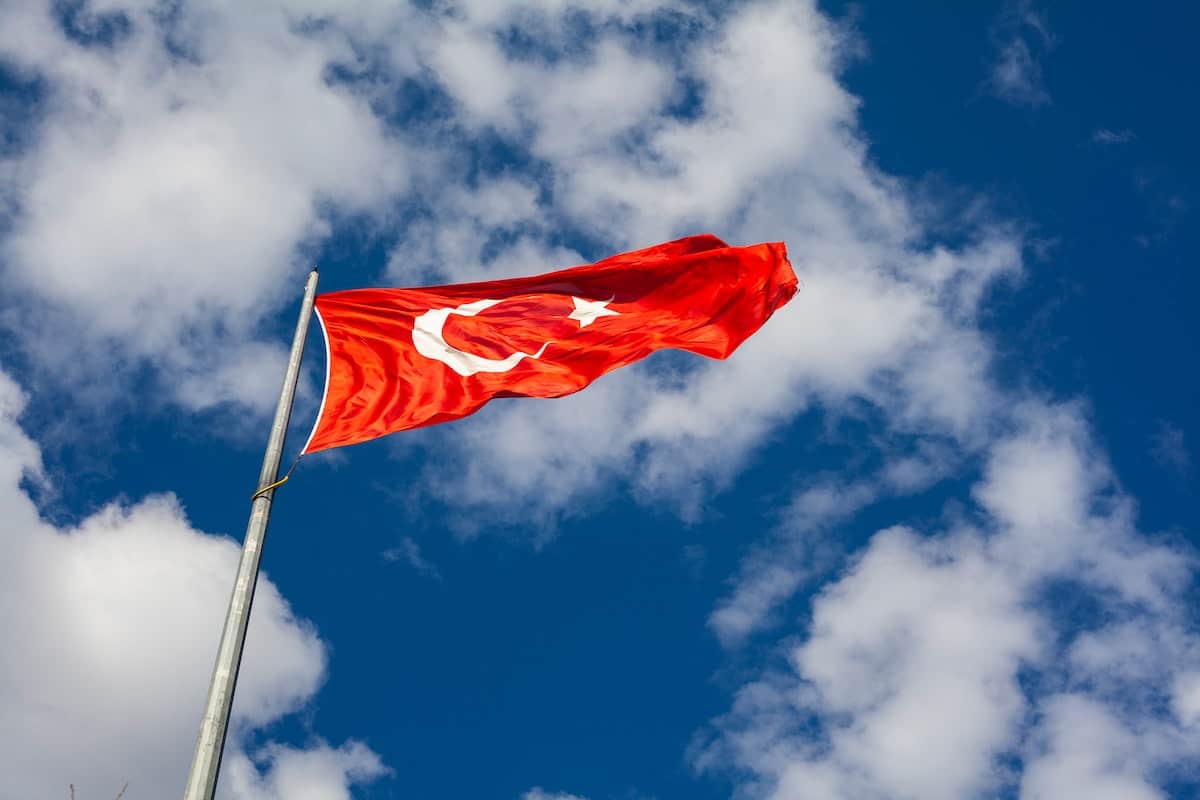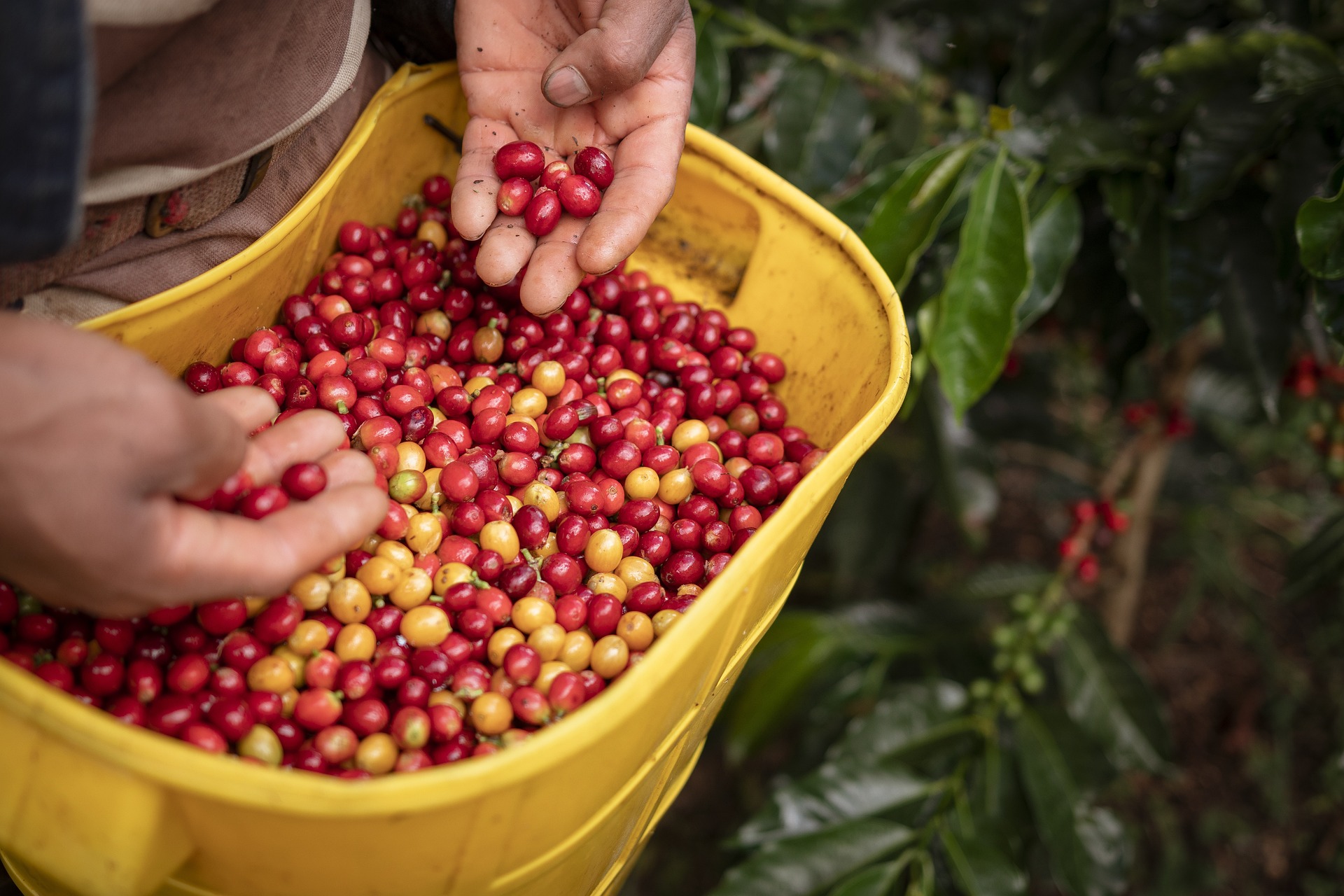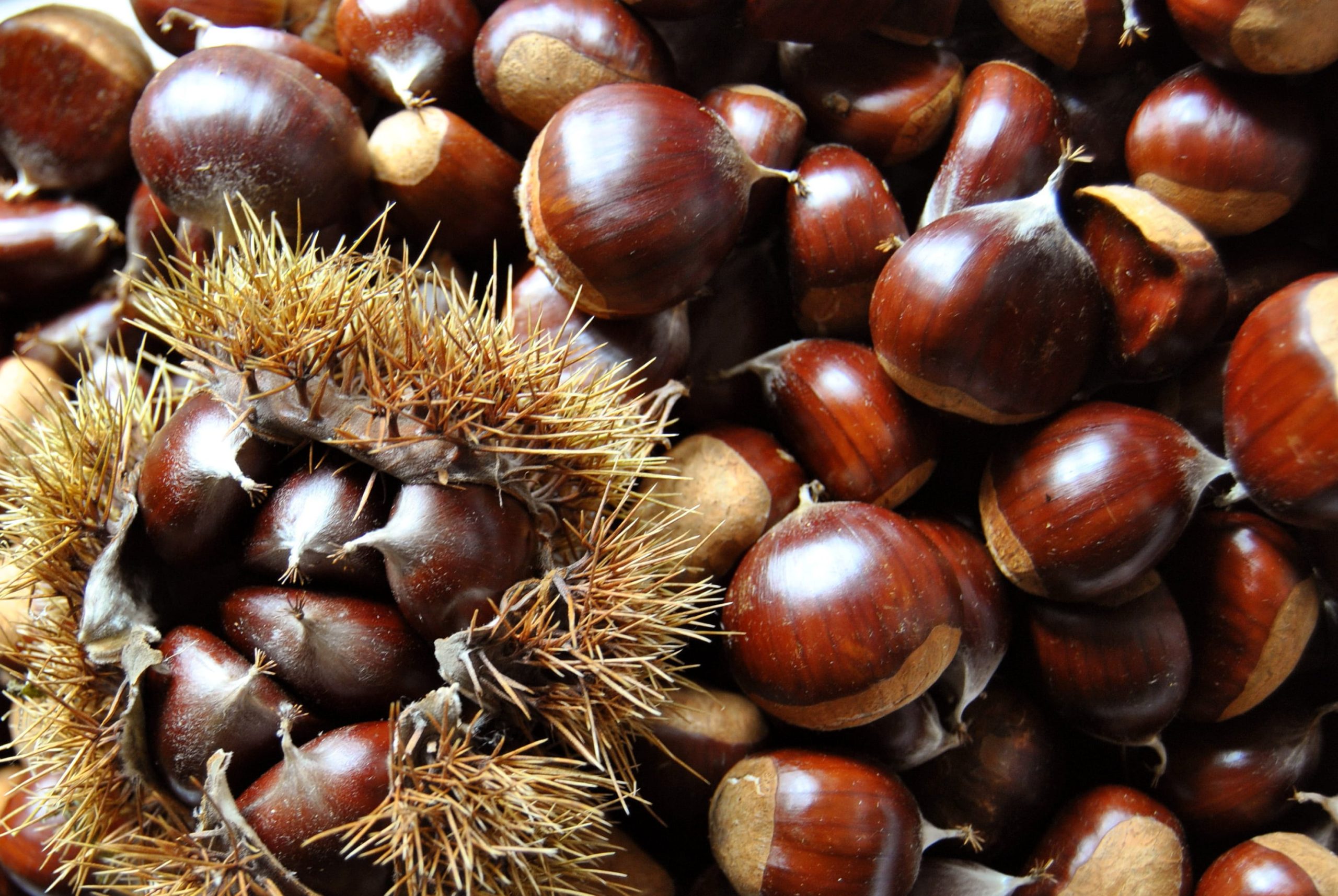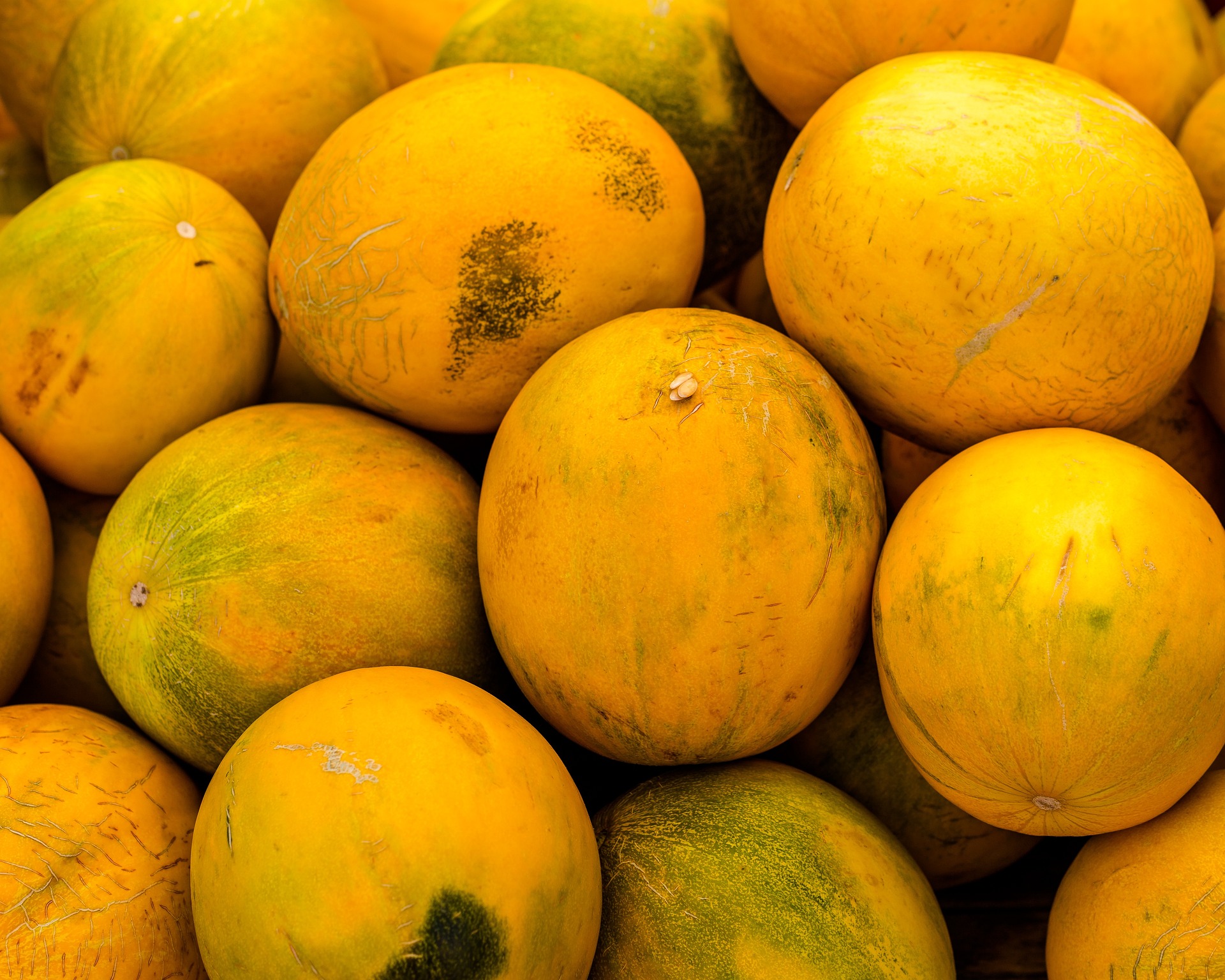Turkey’s Development Plan and Export Target for 2023

Turkey is making history as a country that is growing and developing its strategies. It develops certain strategies both to further its growth in the local market and increase its prestige in the foreign market. The Turkish government develops its policies in line with the plans. In particular, Turkey aims for economic and macroeconomic development of the country with its five-year development plans.
The development plan is a document that the Turkish government has been creating since 1963. The goal is advancing in vital areas like the economy, health, education, transportation, social security, and justice while also establishing public sector policy.
What is Turkey’s 11th Development Plan?
We can define the 11th Development Plan as an announcement for the period between 2019 to 2023. In this way, growth is made throughout the nation, even in the management of the nation, by the plans. The Eleventh Development Plan was created using a participatory approach. It was done with the help of numerous participants from all spheres of society as well as state institutions and organizations, particularly ministries. By doing this, it is hoped to establish a nation that meets the objectives and expectations of all groups as well as general expectations. Problems were addressed jointly and a long-term solution focus was sought to be established.
The 11th Development Plan is concentrated on guaranteeing increased productivity and competitiveness across all industries. Focus is placed on having a strong and stable economy, competitive production and efficiency, qualified workers, a robust society, and livable cities. It also includes the development axes of democratization, effective governance, a sustainable environment, and the rule of law. It aims to actualize the vision of “Turkey that produces more value, shares more equally, is stronger and affluent” by these five axes. Using this strategy, in the manufacturing sector, is intended to boost local output and quicken industrialization, particularly in the identified priority industries.
In addition to the main industries, the growth plan identified agriculture, tourism, and the military industry as important development areas. The country’s future material and moral investments are therefore covered by the development plan.
Stable and Strong Economy
The Eleventh Development Plan’s goals have been established in the context of a consistent export-based growth model that prioritizes productivity and places a significant emphasis on the industrial sector. By maintaining excellent policy coordination in economic management, the plan period aims to promote harmony between monetary, fiscal, and income policies. A completely competitive free market is supported by the expansion of the business and investment environment, which also eliminates market failures. Although numerous factors contribute to a healthy and robust economy, boosting regional output and consumption stands out.
Since Turkey is a strong country in terms of production, especially in agriculture, it is quite normal for production and export items to be adorned with high expectations within the framework of the new workforce.
In this context, there will also be an increase in the proportion of high-value-added, highly technological products in exports. The proportion of high-tech sectors in overall exports will rise from 3.2 percent to 5.8 percent, while the proportion of medium-high technology industries would rise from 37.9 percent to 46.3 percent.
The development plan also includes the creation of fresh exporter information platforms. The creation of a computerized “Easy Export Platform” with complete and current data will allow exporters to closely monitor global trade statistics and learn about government assistance programs, potential goods and markets, and buyer country customs. This platform was developed, studies were done, and the tracking system for exporters was made easier. The proposal also calls for the creation and ongoing maintenance of a database that contains details on the businesses that take part in trade delegations abroad as well as details about the foreign businesses contacted.
Therefore, for an active economy, Turkey has included an approach that increases its digitalized and informative activities in the plan and has put it into practice.
Development at the Macroeconomic Level
Growth prospects in many nations are significantly impacted by global economic and political uncertainty. Some industrialized nations that sought to promote economic activity after the global financial crisis started the process of normalizing their currencies. According to projections, the global unemployment rate will remain around 5% over the 2019–2023 time frame. All nations have made significant macroeconomic employment-related moves, assuming we are in the year 2022. In terms of politics, Turkey continues to work on employment. Particularly, there are more and more employment developments in agriculture, animal husbandry, and tourism.
Despite a little decline in unemployment rates as a result of the post-crisis measures, labor productivity has slowed down in several nations over the past ten years. Low real pay increases are a result of sluggish productivity growth, which also has a limited impact on demand and growth. Independent regulatory and supervisory institutions in the markets will continue to work to maintain the efficiency of the market within the framework of predictability and transparency. A development plan has been established to improve the regulatory and supervisory role of the state.
Macroeconomic success is expected within the framework of steps toward increasing technological capacity, strengthening institutional capacity, and developing human capital. In the foreign market and external factors, Turkey has tried to put its development plan into practice in every aspect, aiming to ensure satisfaction on a local basis, as well as the breakthroughs that will increase its prestige. Although the first four years of the 5-year plan are over, it continues all kinds of work.
What is the Turkish Exports Strategy for 2023?
The “2023 Turkish Export Strategy” was started in 2009 by the Ministry of Economy, but is now also supported by the Turkish Exporters Assembly and the Ministry of Commerce. The main goal of this plan is to increase Turkey’s economy to one of the top 10 in the world by 2023 and gain a 1.5% share of global trade. Additionally, it is anticipated that in 2023, the export/import ratio would be 80%.
Instead of concentrating on short-term objectives, this strategy adopts a long-term perspective. To accomplish long-term objectives, the new plan includes both production and export components. Turkey’s export strategy works in this direction by developing a production schedule for export performance. The realization of new investments in high-tech industries and the shifting of manufacturing from low-tech sectors to high-value-added areas are the primary components of this approach.
Turkey’s Plan to Accomplish Goals
In order to accomplish these goals, Turkey has developed some significant plans, including the following:
- To implement initiatives aimed at enhancing R&D and global competitiveness in order to boost sectoral export capability,
- Implementation of a sectoral and country-based export diversification strategy,
- Increasing the number of national delegations participating in sectoral trade missions, buying missions, and international trade fairs,
- Improving SMEs’ export capabilities,
- Concentrating business efforts on niche markets,
- To establish Istanbul as a major global hub for trade, fairs, and fashion,
- To boost the presence of Turkish brands on a worldwide scale,
- Providing crucial export inputs,
- Creating sectoral clusters to boost one’s competitiveness in global marketplaces,
- Improving Turkey’s logistical infrastructure,
- Creating new export financing instruments.
As a result, production, technology, and export are seen as the most important development steps in both the Development Plan and the 2023 Strategy Plan. The biggest reason for this is that the development of individuals and therefore countries, who crown knowledge with production, has always been more robust.
Supporting exports in every aspect, Turkish Goods is one of the brands that provide supplies in line with these plans. Like Turkey, which directs the service in the right way, Turkish Goods is on its way to becoming a brand that directs both exporters and importers.




